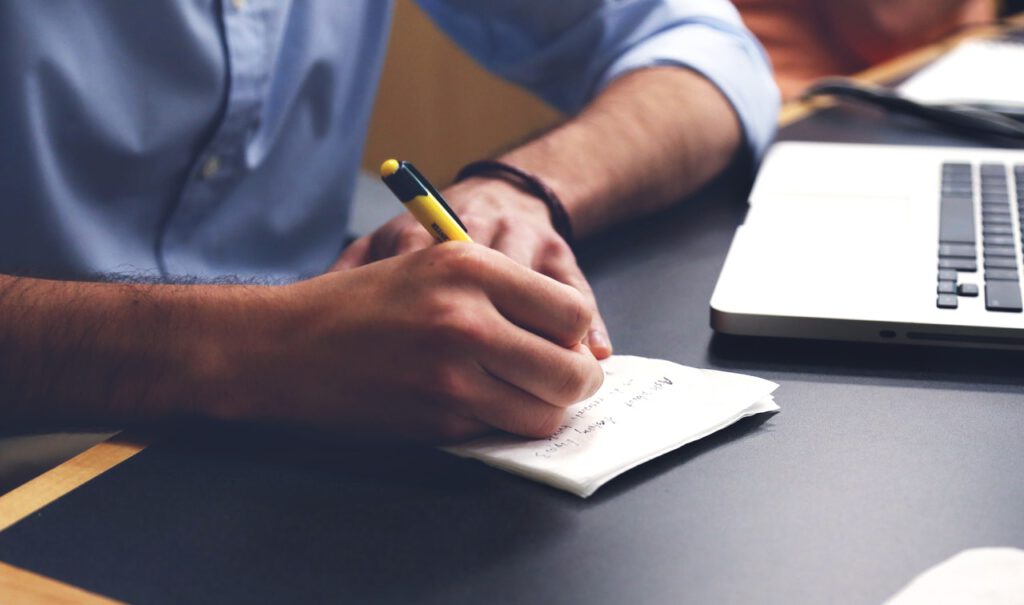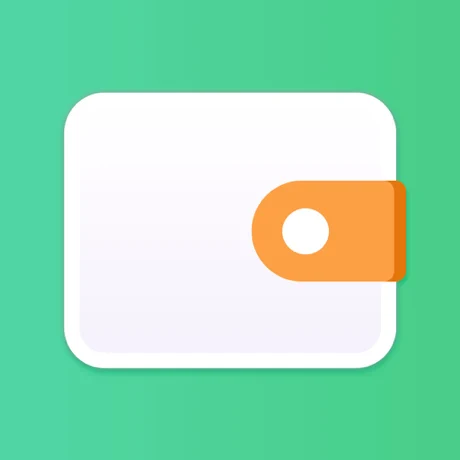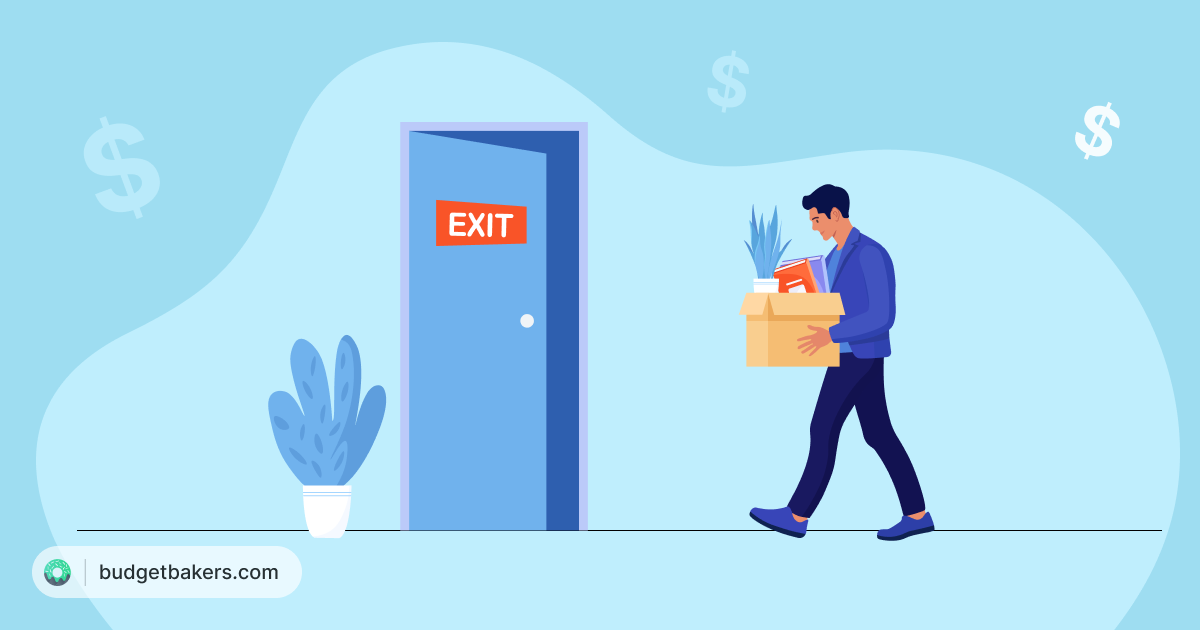You step out on a seemingly perfect morning, happy to face yet another day. But en route to work, a motorcyclist scrapes past your car, forcing you to brake suddenly, only to bump into the car in front of yours. Needless to say, damages ensue. It’s the last day of the month and you’ve to wait for another week to get your paycheck. Your current account balance shows just enough money for you to cover that week’s expenses. What do you do?
In a perfect world, you would curse yourself, but be relieved that you had stacked away some money for such emergencies and write out a check to cover damages from your ‘emergency fund’. But how many of us can do this? As per studies, more than 60% of Americans, 40% of Britishers and Kiwis, 60% of Indians and close to 70% of South Africans would panic, too. Because, they do not have an emergency fund to dip into.
What Is An Emergency Fund?
An emergency fund is an amount of money you set aside to be prepared in case of unforeseen events that might lead to large, unexpected expenses.
The most common examples of emergencies that people save for are unexpected medical bills, sudden job loss, major car repairs, accidents or financial crises.

Why Do I Need An Emergency Fund?
Some of you may have enough cash in your current account to pay for such contingencies, thanks to a fat paycheck or some huge passive income. But for everyone else, an emergency fund is almost inevitable.
The emergency fund is your safety net, in the event of such bad surprises. It gives you a buffer to keep you going till the time you figure out a more sustainable solution for the situation.
It gives you some level of freedom, helps you from not taking bad decisions like piling on more credit card debt or take out loans.
How Much Money Should I Have In My Emergency Fund?
As much as a necessity an emergency fund is for everyone, how much money it should have is up to each person’s needs and requirements. Your finances are unique, so instead of trying to ape someone else’s saving habits, try to figure out a number that would work for you.
Personal finance experts, however, suggest that a good benchmark to aim for is three to six months’ worth of living expenses. Do not get discouraged by this number. The most important thing is to start saving. Start small, aim for something like $500, and save bit by bit to build your fund with time.
Where Do I Keep This Emergency Fund?
You emergency fund should be accessible to you quickly and without much hassle. But that doesn’t mean that you keep all your emergency fund in cash. The next best option is what you should opt for.
A high-interest yielding savings account is the best place to store your emergency fund. Some people also opt for checking accounts. But considering that your emergency fund will be sitting idle for a long period of time, it is best to opt for an account that lets your money earn interest and allows easy access as well.
How To Build An Emergency Fund?
Saving up $500 suddenly may seem like a daunting task. This is the reason why you need to break it down into smaller goals.
When you save, the mantra is to start small.
Otherwise, you’ll be setting yourself up for failure. Say you want to save $500, break it down into smaller pieces of say $25 per week. Now, this doesn’t seem so difficult, does it? If you put aside $25 a week, in less than 6 months, you’ll be able to reach your goal of $500.
But now the question would be, where do you find this $25 from? Here are some ways in which you can build a healthy emergency fund starting today:

Set a goal
Before you do anything at all, decide how much money you want in your emergency fund, say, six months from now. Once you decide that, as mentioned above, break it down to achievable pieces. Decide on a specific number per week or month, whichever is easier for you to keep track of. Knowing this number will also help you decide how much spending or what expenses you need to cut down on to meet your goal.
Write your goal down. Goals that you write down are 52% more likely to be successfully achieved.
Track your money
Now that you know how much you need to put aside every month, you need to know where to take it from. For this, you need to know what your money is doing every day. The best way to know this is by tracking your transactions, if you don’t already do this. Tracking helps diagnose where the issues in your finances lie. It will give you a clear picture on what is standing between you and your saving goal.
Find ways to add to your savings
The best way to save is by cutting down on unnecessary expenses and transferring that money to a different savings account. But what if you just can’t cut down anything from your budget. Then, look at other ways in which you could add to your saving. We’ve spoken about painless and small ways of adding to your savings earlier by doing things like keeping a change jar, raiding your pantry, practising no-spend days etc. Small things like using a list while shopping and so on can do wonders for your finances. Find your own ways to add to your emergency fund.
Create a separate account
It is best to keep your emergency fund as far as possible, so that you don’t dip into it to finance your day-to-day whims, but near enough for you to use the money in times of emergencies. Separate your savings to a new bank account. This will allow you to look at it as a different source and not be tempted to use it for other things. Then, set up an automatic transfer of the amount that you decided upon. As long as things happen on its own, your savings will grow without much effort.
Find ways to earn more
There are only two ways in which you can increase your savings. Either by spending less or by earning more. If you’re left with nothing to scrap off from your spending, it’s a signal that you may need to earn more in order to save enough for your emergency fund. Negotiate a raise or take up side gigs, at least for a short period of time, to save up a good enough fund.
Finally…
Make sure that you don’t spend this money on something that is not an emergency. An emergency is something that either brings in a huge unexpected expense, or renders you incapable to earn any more money.
This means that your car insurance is not an emergency. This is part of an expense which you should have planned for. A forgotten anniversary is also, thus, not an emergency. Nor, is an unplanned weekend getaway.
Create a different savings account to save for these things like travel, huge one-time payments and gifts. Else, you’ll never end up building a good, healthy emergency fund.
An emergency fund will empower you and grant you the freedom to make good decisions in the time of a crisis. So start building your emergency fund now.
Wallet – system for your financial health
Wallet is available for you worldwide with over 10,000 bank integrations.
It has over 5,000,000 downloads and 400,000 active users.
You can be one of them! Buy a yearly plan with a 50% discount right now!
Find the app on the App Store or Google Play and explore it! Or start by signing up for our WebApp today.





